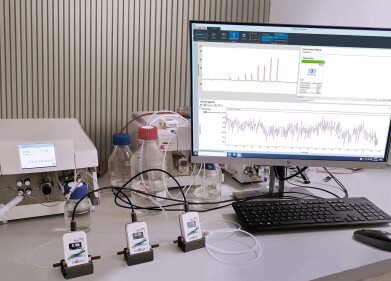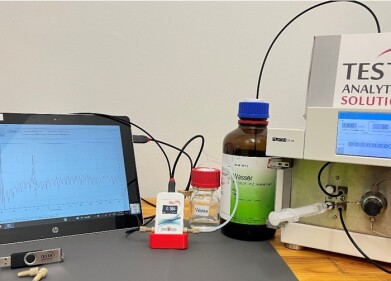Chromatography
How Can Plants Stop Terrorists?
Nov 11 2016
Forget CIA agents going deep undercover in ISIS the Middle East. Using the natural capabilities of everyone’s favourite leafy green, scientists have transformed the humble spinach plant into a bona fide bomb detector. According to the team, spinach plants could soon play an integral role in helping combat terrorism not just from a defence point of view, but also from a public safety perspective.
Spinach steps up as a secret weapon
So how did the Massachusetts Institute of Technology (MIT) based team pull it off? They started by embedding miniscule carbon nanotubes and nanoparticles into the leaves of spinach plants. They then laced the water taken up by the plant’s roots with nitro-aromatic chemicals, which are commonly found in landmines and other buried explosives. In total, it takes around 10-minutes for spinach roots to transport water to its leaves.
From roots to Raspberry Pi
Using a laser light, the researchers then examined the spinach leaves, which triggered the emission of a near near-infrared fluorescent light from the embedded carbon nanotubes. The reaction was detected using a small infrared camera, hooked up to a run of the mill Raspberry Pi nano-computer. According to the team, the signal can also be detected with a smartphone which has had its infrared filter removed. Currently, the handheld detectors are able to pick up signals from a distance of 1-metre, though the researchers are working on increasing the distance to make the technique safer, and more effective.
The protective value of plants
The findings were published in the journal Nature Materials, with co-author Professor Michael Strano maintaining that the work highlights the enormous potential of plants.
"Our paper outlines how one could engineer plants like this to detect virtually anything," he explains in an interview with BBC News. "The plants could be used for defence applications, but also to monitor public spaces for terrorism related activities, since we show both water and airborne detection.”
It’s not the first time Strano and his colleagues have experimented with the capabilities of flora, with his lab previously using carbon nanotubes to detect traces of harmful substances like hydrogen peroxide, TNT and the colourless, odorous chemical weapon nerve gas known as sarin.
Not only are plants being used to fight terrorists, but they’re also playing a key role in the ‘green chemistry’ movement. ‘Isolation and Identification of Green Pigments from Waste Pineapple Peels’ explores how pineapple peel waste is being used to extract and isolate chlorophyll biodegradation products, in adherence with the core Green Chemistry Principles.
Digital Edition
Lab Asia 31.6 Dec 2024
December 2024
Chromatography Articles - Sustainable chromatography: Embracing software for greener methods Mass Spectrometry & Spectroscopy Articles - Solving industry challenges for phosphorus containi...
View all digital editions
Events
Jan 22 2025 Tokyo, Japan
Jan 22 2025 Birmingham, UK
Jan 25 2025 San Diego, CA, USA
Jan 27 2025 Dubai, UAE
Jan 29 2025 Tokyo, Japan



















